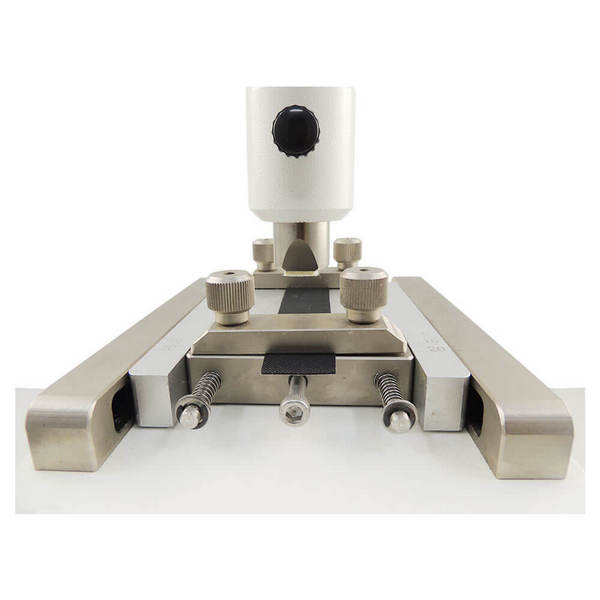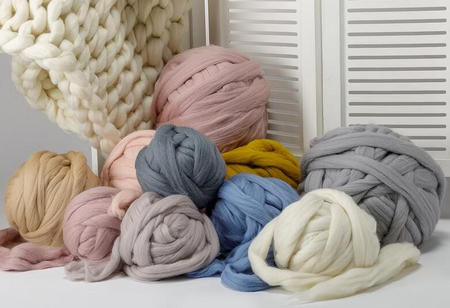How Rubbing Fastness Test Determines the Durability of Textile Color?
Friction fastness testing is a commonly used textile testing method to assess the abrasion resistance of textile surfaces. The test method simulates the rubbing situation in daily use and determines the durability of textile colors by testing whether the colors on the surface of the sample are peeling or transferring. This article will introduce the principle, method and application of the rubbing fastness test, and how to determine the durability of textile colors by this test method.

I. Principle and method of rubbing fastness test
1. Principle
Rubbing fastness test is a test method to test the abrasion resistance of textile surfaces by simulating the rubbing conditions in daily use with a rubbing tester. The test is usually performed on standardized white and black fabrics. The durability of the sample is judged by rubbing the friction head of the friction tester against the surface of the sample a certain number of times and observing whether the color of the sample shifts or falls off.
II. Method
When conducting the friction fastness test, it is necessary to conduct the test in accordance with the standard requirements, and the specific test methods are as follows:
(1) Prepare the test sample: According to the standard requirements, the textile sample is cut into the specified size and shape and cleaned so that the surface is free of any stains and impurities.
(2) Prepare the test apparatus: adjust and calibrate the test apparatus, such as friction fastness tester, abrasion tester, etc., according to the requirements of the test standard.
(3) Conduct the test: fix the test sample on the tester and conduct the test according to the standard requirements, such as setting the number of tests, test speed, test load and other parameters, and record the test results.
(4) Analyze the test results: According to the test results, judge whether the sample's wear resistance meets the standard requirements, and conduct data analysis and statistics.
(5) Interpretation of results: The test results will be interpreted and reported, stating the friction fastness level and performance index of the sample, as well as possible problems and suggestions for improvement.
It should be noted that different test standards and test instruments will have different test methods and requirements, the specific test methods should be selected and implemented according to the standard requirements.
III. how to determine the durability of textile color by rubbing fastness test
The color of textile is one of the important indicators of its appearance quality, so in the process of textile production and quality control, the color needs to be evaluated and tested. Rubbing fastness test is a common test method that can be used to evaluate the durability of textile colors. Specifically, the abrasion resistance of textile surfaces is tested by simulating the friction in daily use, and thus determining the color retention performance.
When conducting color durability tests, standardized white and black fabrics are typically used for the test. During the test, the sample is placed in contact with the white or black fabric, and the friction head of the friction tester is rubbed on the surface of the sample a certain number of times, and then the fabric is observed to see if the color of the sample shifts or peels off.
If the color of the sample does not transfer or fall off during the test, it means that it has good durability and the color can be well maintained. On the contrary, if the color has obvious transfer or peeling, it means that its durability is poor and the color may gradually fade or change in daily use.
It should be noted that different colors and materials will have an impact on the test results, so when conducting color durability tests, appropriate test methods and standards should be selected according to specific requirements, and multiple tests should be conducted to ensure the accuracy of the results.
Application of friction fastness test in the textile industry
Rubbing fastness test is one of the common testing methods in the textile industry, mainly used in the following areas: 1:

1. Product quality control: By conducting friction fastness test on textiles, the abrasion resistance of the surface can be evaluated, and then determine whether the quality of the product meets the standard requirements.
2. New product development: In the development of new textile products, the friction fastness test can be used to evaluate the influence of different materials and processes on the abrasion resistance of the product surface, and then optimize the product design and production process.
3. Market competition analysis: By conducting rubbing fastness tests on different brands and models of textiles in the market, the durability and quality level of their colors can be evaluated, thus providing companies with market competition analysis and product optimization suggestions.
4. Technical service support: In the textile industry, friction fastness testing is also commonly used for technical service support, such as providing customers with product quality assessment and improvement suggestions.
In summary, friction fastness testing is a commonly used textile testing method to assess the abrasion resistance and color durability of textile surfaces. In the textile production and quality control process, friction fastness testing has important application value and can help companies to improve product quality and competitiveness.
2023-06-09 10:44
- Related News
The importance of battery internal resistance testing in the battery manufacturi
Application and structural principle of high and low temperature test chamber
Application of Small Coating Machine in Polyimide Slurry
Principles and selection methods of laboratory incubators
Evaluation of Moisture Absorption and Rapid Drying Performance of Textiles by Na
Liquid Moisture Management Tester
Paper ring compression strength tester standards
